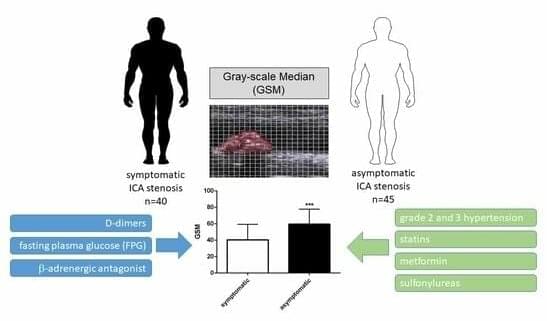Tanning bed users have more melanomas in uncommonly diagnosed areas, according to new research.
The mutation burden of melanocytes in tanning bed users was nearly twofold that of melanocytes from control donors [median mutations per megabase (mut/Mb) of 5.69 versus 2.86] (Fig. 2B). This trend remained significant when we separately compared melanocytes by anatomic site (median mut/Mb of 8.82 versus 4.60 in upper back and 5.19 versus 2.05 in lower back) (Fig. 2C). The mutation burdens of cells from both control groups were less than the cells in the tanning cohort (fig. S2A).
We developed a linear mixed-effects (LME) model to determine whether tanning bed users had higher mutation burdens after adjusting for anatomic site and outliers (18). Specifically, we compared the tanning and control cohorts at the cell level while introducing a variable for anatomic site and including a random effect for different donors (fig. S3). In this analysis, the cells from tanning bed users had a significantly higher mutation burden (P = 1.3 × 10−2). However, we noted that cells from one donor (donor 59) had an extremely high mutation burden. To ensure that this donor was not entirely responsible for the differences observed, the analyses were repeated with a robust linear mixed-effects (RLME) model, which is less sensitive to outliers, heavy-tailed distributions, and model violations (19). In this analysis, the cells from tanning bed users continued to have a significantly higher mutation burden (P = 6.1 × 10−5).
We also compared mutation burdens at the biopsy level. We defined the mutation burden of a biopsy as the median mutation burden of its constituent melanocytes. Our statistical power was more limited in these comparisons because there were fewer independent biopsies than individual cells. On the lower back, tanning bed biopsies had significantly higher mutation burdens than control biopsies (Fig. 2D and fig. S2B). The difference was not statistically significant on the upper back (Fig. 2E and fig. S2C), although cell-level differences were significant at this site (Fig. 2C). The upper back is the most common site of sunburn (20) and melanoma (21), indicating that natural sunlight can induce high mutation burdens at this site, even without the additional influence of tanning beds. Since tanning bed–induced mutations would be expected to contribute to a smaller proportion of mutations in the underlying skin cells from the upper back, we would need a larger sample size to detect a statistically significant difference at the biopsy level.






